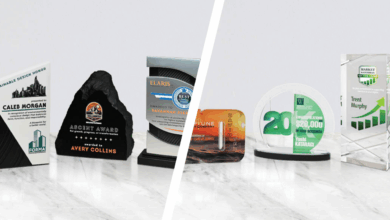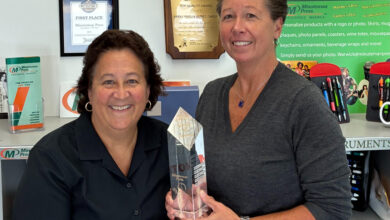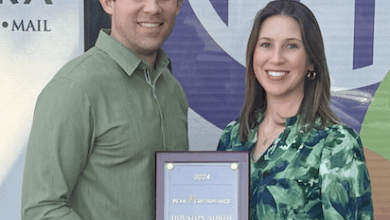UV printing has revolutionized the printing industry with its ability to print on virtually any substrate, with quick curing times and vibrant color capabilities. However, like any advanced printing method, it comes with its own set of challenges. If you’re using a flatbed or any other UV printer, here are 10 common issues you may face and how to overcome them.
1. Adhesion issues on different substrates
- Problem: Ink not adhering properly to glass, acrylic, metal, or other challenging surfaces.
- Solution: Use a suitable primer or adhesion promoter. Surface preparation, such as wiping with isopropyl alcohol or flame treating, can improve adhesion. Also, choosing the right ink formulation (e.g., LUS-120 for flexibility or LH-100 for rigidity) is critical. If your printer has them, use onboard jettable primers for precise placement.
2. Ink cracking or peeling
- Problem: Ink cracks or peels off over time, especially on flexible materials.
- Solution: Ensure you are using the right ink for the material. Flexible inks like LUS-120 work well on materials that bend, while rigid inks like LH-100 are better suited for hard surfaces. Proper curing and pre-treatment also help.
 3. Banding or uneven print quality
3. Banding or uneven print quality
- Problem: Visible horizontal lines or inconsistencies in color.
- Solution: Always do a test draw to ensure all nozzles are firing before going into production. This will allow for a flawless print. If nozzles are missing, perform head cleanings and do machine maintenance until you get a perfect test draw.
4. Overspray & ink buildup
- Problem: Ink misting causes unwanted deposits on the printer components.
- Solution: Adjust the print height to the correct level. Regularly clean the print heads and surrounding areas to prevent overspray buildup, which can cause long-term issues. The use of proper file size, proper head gap, and precise jigs to catch overspray and absorb light will help eliminate overspray and buildup. If you are running LD print modes with a high head gap, you will need to perform more frequent head cleanings and keep a close eye on your mist absorption filters.
5. Color matching difficulties
- Problem: Printed colors don’t match the design or expectations.
- Solution: Choose proper high-quality print files that are CMYK and let the machine put down the white layer. This ensures your colors are very close every time. You can also have custom ICC color profiles built to further enhance color accuracy.
 6. Curing issues
6. Curing issues
- Problem: Ink not curing properly, leading to tacky prints.
- Solution: Ensure the UV lamps are functioning correctly and that curing intensity is adequate for the ink and material. Slowing down the print speed may allow more curing time if necessary. Also, inspect the LED lamps to ensure there is no overspray on the lens that blocks the UV light from curing the inks.
7. Material warping due to heat
- Problem: Thin or heat-sensitive materials warp under UV lamp exposure.
- Solution: Use lower-powered UV settings or LED curing to minimize heat exposure. Consider using substrates that can better withstand UV curing. The use of an adhesive engraving mat will help hold down thin materials such as thin plastics and leatherette for hat patches.
8. Printhead clogging
- Problem: Ink cures in the nozzles, causing blockages and inconsistent printing. This is always caused by reflected light.
- Solution: Perform daily nozzle checks and clean the heads as needed. Keeping the printer in a stable environment with controlled humidity prevents ink from curing in the nozzles. Check the condition of the wiper system and take measures to eliminate overspray and light reflection.
9. Scalability challenges
- Problem: As business grows, production can’t keep up with demand.
- Solution: UV printing is highly scalable. Multiple machines can be run from a single workstation, allowing businesses to expand easily. Most of our customers add their second printer nine to 12 months in, if not sooner; so when you place printer No. 1, plan for growth with printer No. 2 very soon.
 10. Operator skill & training issues
10. Operator skill & training issues
- Problem: Operators struggle with optimizing machine performance.
- Solution: Investing in proper training and incentives for operators improves performance and reduces errors. A comfortable, well-compensated team ensures machines are used to their fullest potential. Think about operator compensation. This operator now has three extra jobs: UV machine operator, UV machine maintenance technician, and content creator for all of your socials. If you compensate your UV print team properly, you will get complete buy-in from your staff and will benefit from your entire team pushing your UV print dreams forward.
Final thoughts
While UV printing offers incredible versatility and efficiency, understanding these common challenges and their solutions ensures smooth operation and high-quality output. If you’re looking for hands-on learning and networking with experts, join us at UV Energize in Nashville, from Sept. 2-4. This three-day event will provide in-depth training, live demos, and industry insights to help you maximize your UV printing success!
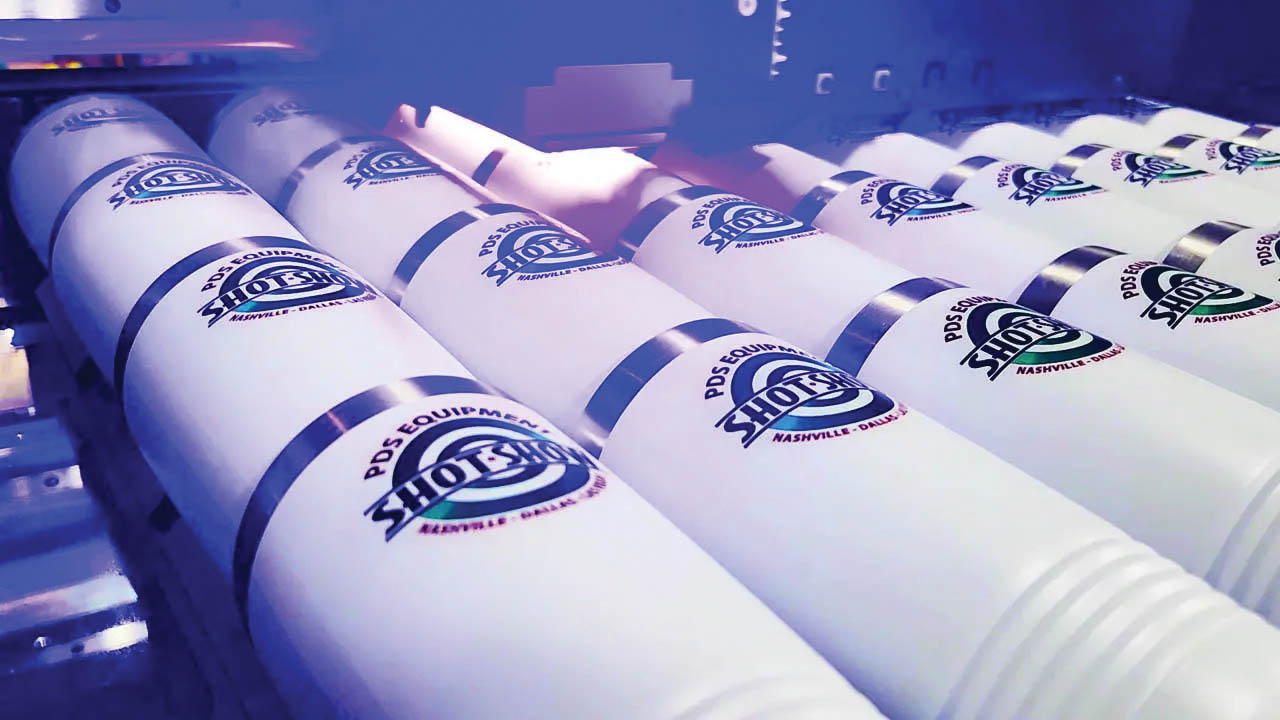
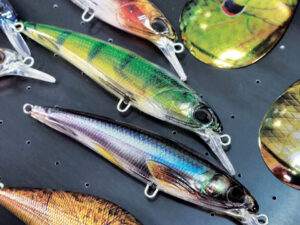 3. Banding or uneven print quality
3. Banding or uneven print quality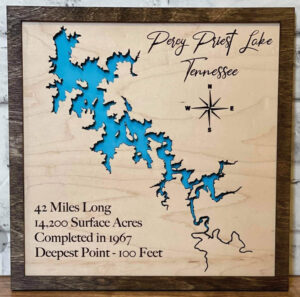 6. Curing issues
6. Curing issues 10. Operator skill & training issues
10. Operator skill & training issues